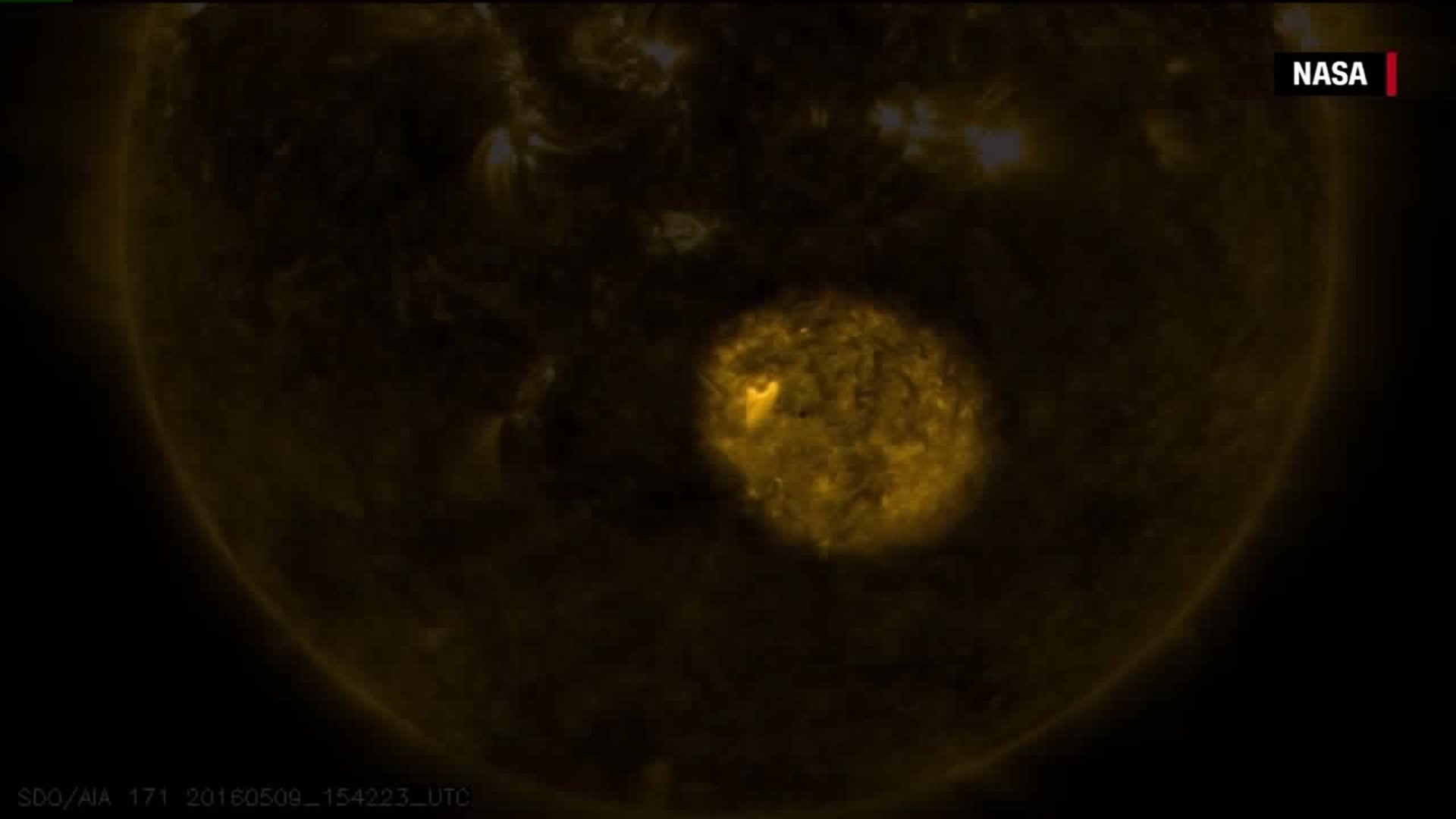BENTON TOWNSHIP, Pa. --It is not too often that people are up early at Keystone College's Thomas G. Cupillari Observatory.
But they were Monday morning, adjusting their telescopes and peering up at the sky.
"Since grade 5 and haven't really lost my interest. Interest in the natural world, understand the world around you," said Joe Kamichitis of the observatory.
What had everyone looking up?
The mercury transit.
That is when the planet Mercury passes exactly between the Earth and the sun.
It looks like a small black dot moving across the surface of the sun, visible through telescopes using special protective filters.
"This is the third one we've tried for up here, of the Mercury, transits, in 1973, some of the guys were up here, and they got one photograph of it and in November and it was an early morning one, too," said Jo-Ann Kamichitis, director of the observatory.
"The first one I waited for was November 19, 1973. I was up here with my friends in the club, the Astronomical Society, we waited up all night waiting for the sky to clear and remarkably it did, unfortunately, it was like 1-degree temperature. It was cold!" said John Sabia of the observatory.
The transit started around 7:15 a.m., lasting about six hours.
"I've never seen Mercury pass in front of the sun. From what I gather, it happens every few years, and the next one won't happen for another few decades, so if we don't see this one, it's gonna be a while before we see the next one!" said Neil Hutton of Lackawanna Astronomical Society.
The next Mercury transit will not be visible in the United States until May 7, 2049, nearly 30 years from now.
Chris Hall of Clarks Summit and member of Lackawanna Astronomical Society brought not one, but two telescopes to catch a glimpse of Mercury.
"It doesn't happen very often where you get to see these planets during the day, it doesn't happen very often. I think the next one is 2049, and hopefully, it's clear then, but we're gonna take the opportunity to look at it today," said Hall.
For more information and pictures, click here.

